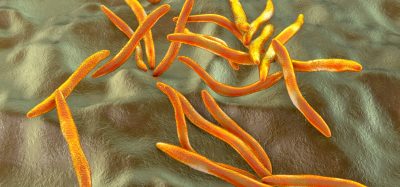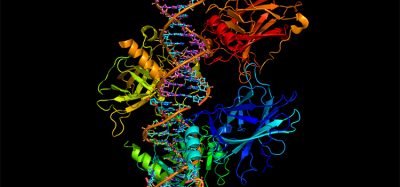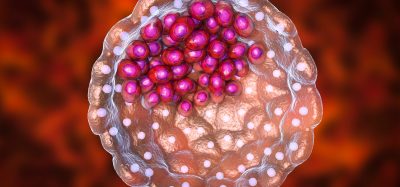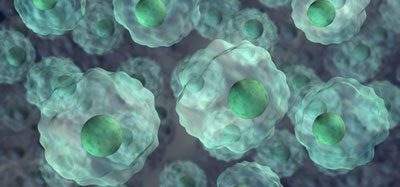Functioning lung cell assay for modelling COVID-19 infections developed
Posted: 31 July 2020 | Victoria Rees (Drug Target Review) | No comments yet
A UK company has announced that their lung epithelium model can successfully be used to test potential treatments for COVID-19.
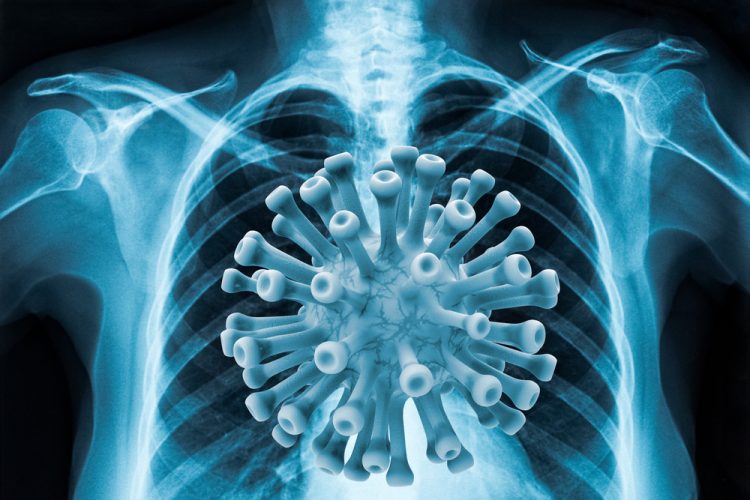
A new human lung epithelium model has been confirmed as an effective platform for modelling infection and replication of SARS-CoV-2, the virus causing COVID-19.
Newcells Biotech worked alongside the Liverpool School of Tropical Medicine (LTSM) Centre for Drugs and Diagnostics to make the lung model. According to the organisations, their work will be crucial in helping researchers to understand the biology and pathogenicity of SARS-CoV-2 and ultimately in developing antiviral solutions to COVID-19.
The model uses human induced pluripotent stem cell (iPSC) technology and is produced from a population of basal airway epithelial cells that self-assemble into a model of the upper airway.
The researchers say the most recent data has demonstrated the model can be successfully infected with SARS-CoV-2, via angiotensin converting enzyme 2 (ACE2), proteins expressed on the cell surface and allows replication of the virus once inside its cells.
The teams at the organisations say they are excited by this development and are embarking on an extensive qualification of the assay.
Dr Mike Nicholds, Chief Executive Officer of Newcells Biotech said: “We plan to test the sensitivity of our model with proven antivirals such as remdisvir, as well as expanding the assay readouts. When this is completed it will further solidify the utility of our model to help in the search for new antivirals as well as to understand the pathology of virus infection.”
Becky Jones-Philips, Commercial Translation Manager at LSTM Centre for Drugs and Diagnostics said: “We are delighted to be partnering with Newcells Biotech in advancing developments and solutions for pre-clinical therapeutic screening in infectious diseases. The partnership aligns with our strategic goal of expanding pre-clinical models of infection and will enable the advancement of platforms for rapid assessment of new drug and vaccine candidates for infectious diseases impacting low- and middle-income countries.”
Related topics
Assays, In Vitro, Induced Pluripotent Stem Cells (iPSCs), Screening, Stem Cells
Related conditions
Coronavirus, Covid-19
Related organisations
Liverpool School of Tropical Medicine (LTSM), Newcells Biotech
Related people
Becky Jones-Philips, Dr Mike Nicholds




